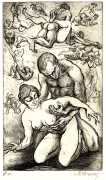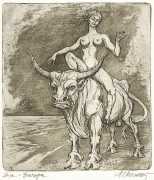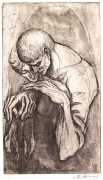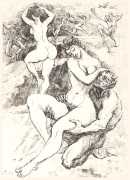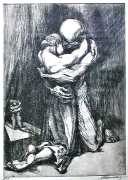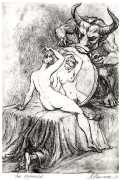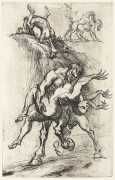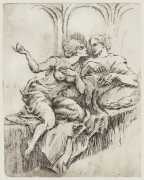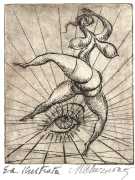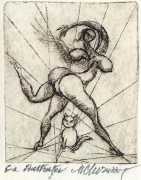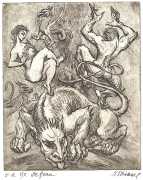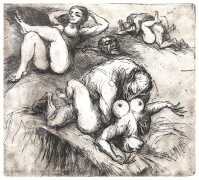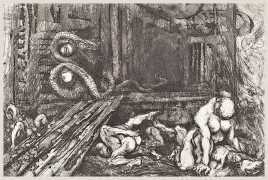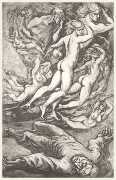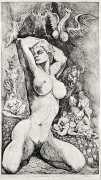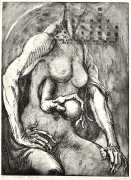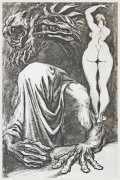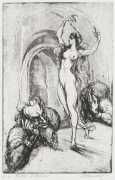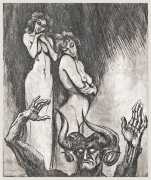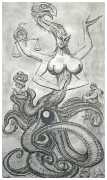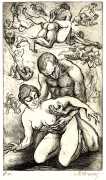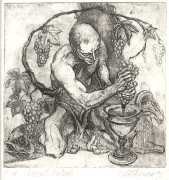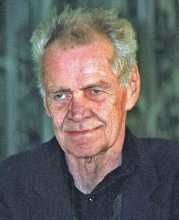 The Romanian artist Marcel Chirnoagă became a fulltime artist quite late in life, having graduated from the Faculty of Mathematics and Physics in Bucharest in 1952 and worked for many years in atmospheric physics and meteorology. After thirty years he started to believe strongly that his purpose in life was to be an artist.
The Romanian artist Marcel Chirnoagă became a fulltime artist quite late in life, having graduated from the Faculty of Mathematics and Physics in Bucharest in 1952 and worked for many years in atmospheric physics and meteorology. After thirty years he started to believe strongly that his purpose in life was to be an artist.
He held his first personal exhibition in 1955, impressing the artistic world with his profoundly original style. A long series of exhibitions in the country and abroad followed, in Germany, Italy, the United States, France, Belgium, Sweden, Finland and China, where over time he won numerous awards and distinctions including the Käthe Kollwitz Award in 1967.
During the 1950s he was constrained by political pressures within Romania to paint in a certain ‘socialist realist’ style, but always rebelled against such limitations. In 1976 he and his daughter famously tried to escape by small boat across the Black Sea to Istanbul, only to be caught in a storm (even though it was summer), rescued by a Russian naval ship, and returned to Romania; being a well-known figure and ‘international representative of the rich cultural heritage of Romania’, he was able to escape with a fine where others would have been imprisoned.
Literature is one of Marcel Chirnoagă’s main sources of inspiration, including Dante’s Inferno (1980), Cervantes’ Don Quixote (1984), and biblical texts such as Apocalypse from 1993. Chirnoagă created over 3,000 works, excelling in drawings, engravings, paintings and sculptures.
We are grateful to our Russian friend Yuri for introducing us to this artist and sharing many of the images.

